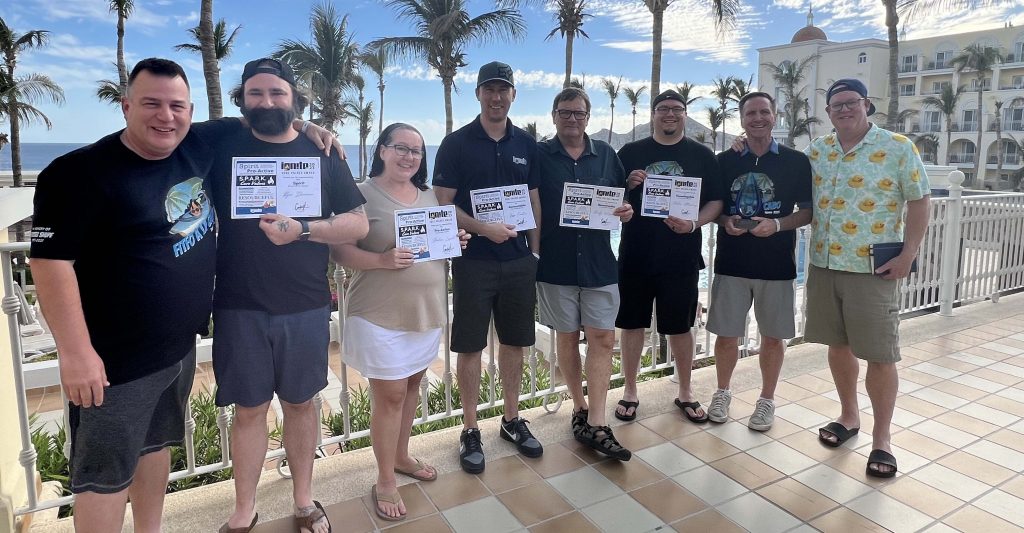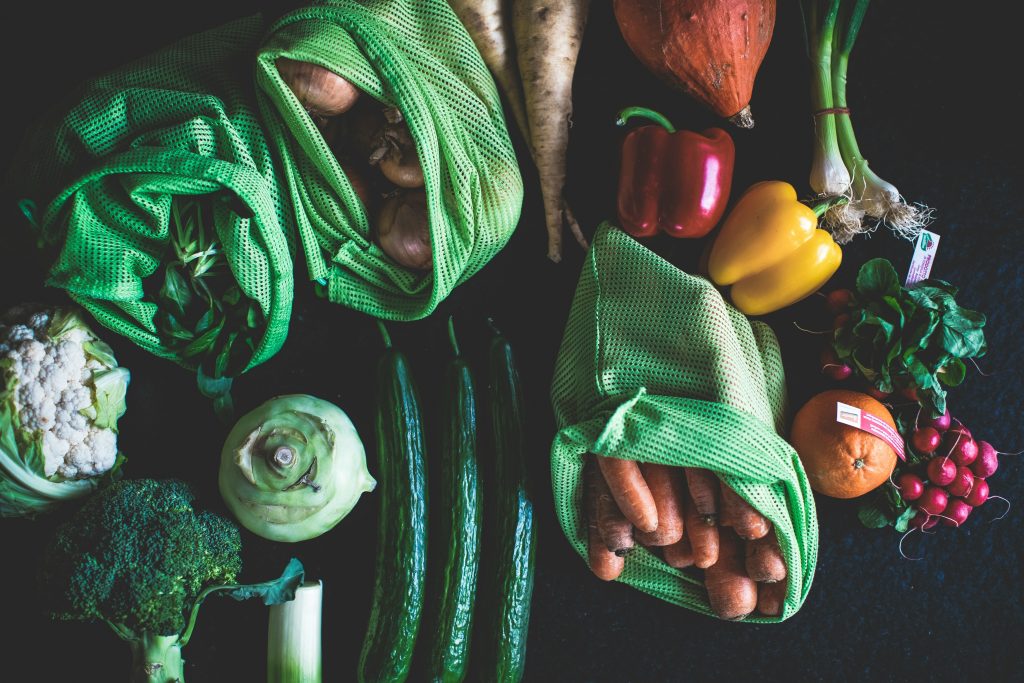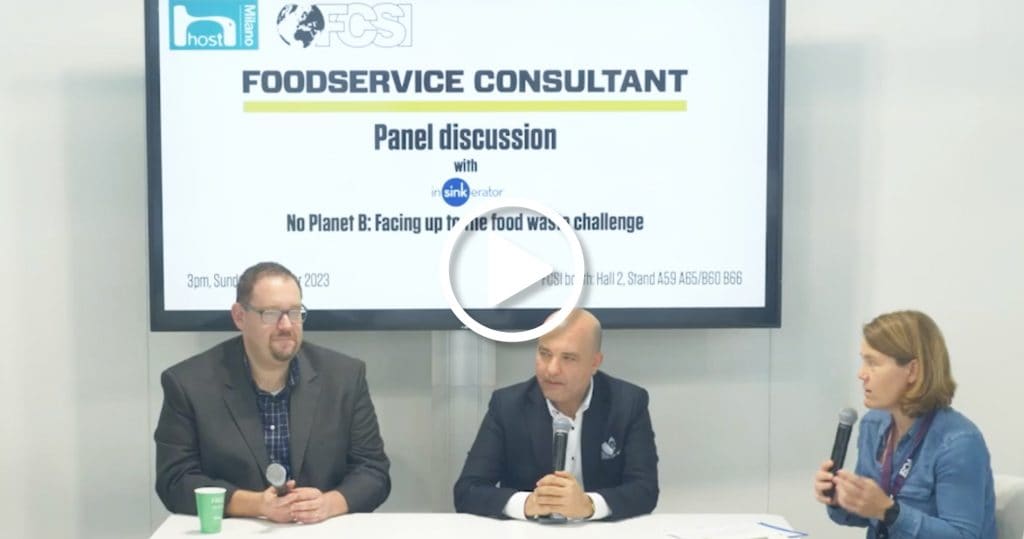
Late spring marks the start of festival season, a chance for organizers to showcase the best from music to movies, art to food. Cities across the US play host to millions of residents and visitors, and marquee guests – whether they be rock stars or chefs – from around the world.
What those visitors don’t see is the behind- the-scenes planning that goes into these massive festivals. The foodservice component is a key element, with a lot of variables. Festival organizers have to worry about what equipment to bring in, how many portions will be needed, not to mention food safety. Weather can often throw things into disarray from messing up transport and attendance to posing potentially dangerous situations with extremes of heat or rain. We spoke with festival operators across the US about how they pull this off.
Securing talent
Although festivals are usually a one day or weekend affair, planning for them often takes place throughout the year. Many spend the better part of the year securing chef talent, especially if that is the focal point of the event. Organizers of events like Chicago Gourmet in Chicago, Illinois and Kohler Food and Wine in Kohler, Wisconsin, start thinking about chefs soon after the prior year’s festival wraps. And just as the music portion of any festival aims to secure rock stars, the same goes for food festivals. Many planners follow food trends over the year to track what consumers are looking for from the food component, whether it be a certain dish, beverage or even chef personality.
Increasingly people’s decision to visit certain festivals is as much based on the culinary element as it is on the entertainment. The organizers of Bonnaroo Music and Arts Festival in Manchester, Tennessee know that repeat visitors, along with a music line-up they are interested in, will look forward to the high-quality selection of food vendors, including Phat Daddy Creole Eats and Amish Baking Company, which has achieved legendary status for its donuts.
Kate Levenstien, CEO of Cannonball Productions, who organizes food events – most notably the bacon and beer festival that tours stadiums across the country – spends part of the year maintaining relationships with chefs who have been at previous events. “Food is one of the hardest things to do, it has the lowest margins. For restaurants to make money and cover labor costs, while away from the [actual] restaurant, is challenging,” she says. To help with this she maintains close relationships with those who are a part of her festival. “Be really conscious of who you work with, how you treat them – cater to them as much as possible,” she says.
According to Bill Caruso FFCSI, president of WC & Partners, research in the planning stages is key. “Finding out who the best and most qualified local food and beverage operators are is key,” he says. “Also, find out if they can logistically support the supply and demand, afford the cost to operate and finance, and advertise correctly and professionally. Do they have and can they submit a viable operating plan that is feasible to the festival organizers and that is sound and acceptable to the public?”
The month and week of the festival is usually crunch time with all hands on deck for the final planning stages. If festivals have the luxury to do so, they’ll start build out the week before, if not, they’ll start very early the day before to make sure tents are secured and all else is ready to go.
Although the foodservice at festivals is generally done by chefs who run their own restaurant or catering companies, cooking for a festival is a whole different ball game. At the Kohler Food and Wine festival, they have the luxury of utilizing the many kitchens across the property, making it easier for food preparation. Chefs have access to a proper kitchen and a team of chefs who can help with the prep work. Many other festivals require chefs to actually prep in their own kitchens, and in some cases even cook in their own space.
Portions and prep
Chicago Gourmet has access to a catering team that can help with the logistics from ordering equipment to helping prep and source ingredients. After 10 years, the people at Chicago Gourmet have concluded that the right number of tasting portions for three-hours is 1,500.
At the Gasparilla Music Festival in Tampa, Florida, chefs cook in their own kitchens and bring the food to the festival. When Ty Rodriguez first started organizing the food for the festival, he was the chef/owner at Rooster & The Till so he got his chef buddies, most of them who had never catered gigs before, to cook for this event. The music festival is one where food is sold à la carte so portions are bigger than tasting portions. He figured out the right amount to cater for by taking about 3% of ticket sales. He advises chefs to offer a larger portion for $12 and a smaller portion for $6.
At Kohler Food and Wine, the chefs have the luxury of an entire culinary team that works with them in advance to decide what makes good recipes for sampling and then helps on-site with all of the prep and mise en place. Chefs often send sous chefs as well to make sure the look of the dish is up to standards.
Caruso notes that it is important to remember that many of the foodservice outlets on a festival site are unfamiliar with operating as part of a very large site – they need to be briefed. “They have, for the most part, always operated in their own little world with very little direction. When suddenly confronted with a large-scale festival project, they have difficulties in understanding policies, rules and regulations as well as transfer of their way of doing business into a remote, portable and sometimes daunting environment in which they have never operated before,” he says.
“Organizers have to make certain that operators have a viable and workable ‘game plan’ for all contingencies. Weather, power outage issues, alcoholic beverage control, meeting all health and fire code requirements, which can be tougher in ‘more portable’ environments than fixed in many jurisdictions. Space is an issue as is the operator’s ability to follow certain operational, advertising and control policies that the festival or food hall imposes on them.”
Keeping it safe
Clearly for most of these festivals, food safety is of the utmost importance. Any food safety incident could tarnish the reputations of so many, including the festival operators. In 2013, the Canadian National Exhibition (CNE), a large food festival in Toronto, saw 150 people fall ill from eating a cronut burger. This is not an isolated incident – each year the Centers for Disease Control and Prevention puts out special tips for those attending festivals and fairs. Everything from food temperature to cross-contamination to handling could affect food at a festival. Rules for food safety and certification vary from state to state so, for someone like Levenstien of Cannonball Productions, this can prove to be quite a challenge. All her staff members are well-versed in food safety and she always contacts the health inspector in each city she runs an event in. “If anything isn’t right, you run the risk of your event not happening or starting late,” she says.
At Chicago Gourmet, everyone who works at the festival goes through a special three-hour course on food safety. The catering company they work with has everyone certified as safe food handlers. “When it comes to food safety and being certified, Illinois is one of the more progressive states – California, too, Arizona and Texas somewhat,” says Sam Toia president of the Illinois Restaurant Association.
A tale of two festivals
In 2007, one of Chicago’s most well-known food festivals, Taste of Chicago, was hit when 126 people became ill after eating at the same booth – cited as an outbreak of salmonella. The city has strengthened its sanitation requirements and training in the past decade but it took the festival years to recover, and a major revamp before it started turning a profit again.
Similarly 2017 proved to be a difficult 10-year anniversary for Chicago Gourmet. The end of September in Chicago is usually mild, but that year a heat wave was forecast with temperatures in the 90s. This proved to be a challenge for all involved.
“We always want to be progressive, pragmatic and out in front,” says Toia. “We doubled the amount of water they regularly had. We added sprinklers, made announcements throughout the day to stay hydrated and drink water,” he says. Communication and a knowledgeable team was the key to their success and the festival went ahead unscathed.
Samantha Lande
Picture: Getty Images




